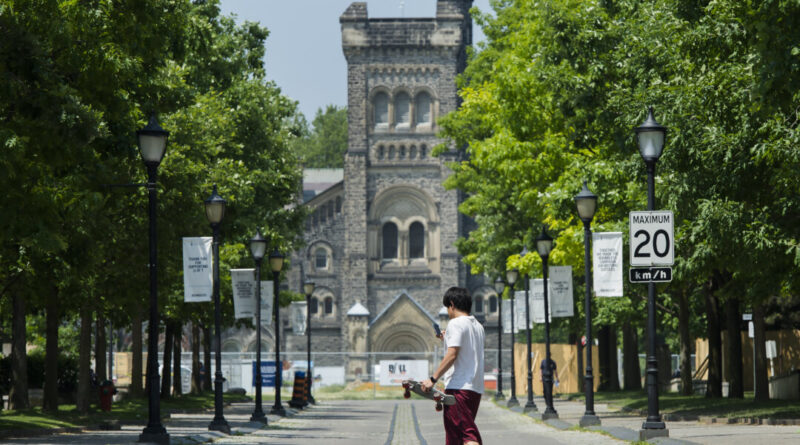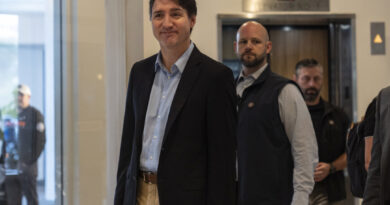The Conclusion: Non-Merit Based Hiring is Impacting Quality at Canadian Universities
Commentary
Phil Baty, the Times Higher Education chief global affairs officer, noted: “Canada has some of the world’s very best universities, with three in the top 50 and eight in the top 200. However, the continued fall of a significant number of Canadian universities is a cause for concern.”
One can speculate on the reasons for the decline; however, the widespread growth of diversity, equity, and inclusion (DEI) policies in our universities is undoubtedly a major contributing factor.
DEI policies have infiltrated every aspect of university life. For instance, a friend was denied the use of university letterhead for his correspondence because he refused to list his pronouns. He insisted that his preferred pronouns were “Professor, Sir, or Doctor.” An unamused administrator informed him that “these are honorifics, not pronouns.”
However, nowhere do DEI policies have a more profound effect on the university than on preferential hiring, favouring a candidate based not on academic merit but on glaringly non-academic considerations such as ethnicity, race, sexual orientation, or gender.
When considerations of race, gender, or ethnicity take precedence over academic qualifications, the implications for university quality are profoundly troubling. Are Canadians truly comfortable with race-based hiring practices? Is such overtly discriminatory hiring even legal?
In the United States, it wouldn’t be. But in Canada, it is. Section 15 (1) of the Canadian Charter of Rights and Freedoms declares, “Every individual is equal before and under the law.” However, Section 15 (2)—the so-called amelioration clause—adds that 15 (1) “does not preclude any law, program, or activity that aims to improve the conditions of disadvantaged individuals or groups.” This means that Canadian universities are legally free to favour specific racial, gender, or ethnic groups when hiring as long as it is framed as addressing historical disadvantage.
The concept of a university is not inherently sacred. Universities serve the larger society, and there is no necessity for society to use its universities to educate the young, as opposed to socializing or indoctrinating students or preparing them for the workforce.
Doubtless, there has been a shift in the perception of the role of universities in Canada. Rather than being regarded as centres of academic excellence committed to seeking truth, there is a widespread belief that they should be leveraged to champion diversity, equity, and inclusion in pursuing social justice.
He elaborates: “Canadian universities are not, in any interesting sense, microcosms of our diverse, multicultural Canadian society. The more universities seek to become like the society around them, the less they will be spaces in which students and professors will be able to live the life of the mind.”
As the focus on diversity, equity, and inclusion continues to overshadow the university’s traditional goals, the harmful effects of these policies are becoming increasingly evident, as the Times Higher Education’s assessment of Canadian universities shows.
The ancient idea that the quest for truth should define the university’s mission has been eroded by the notion that universities should be institutions dedicated to pursuing social justice. The preservation of higher education’s core mission—which might be briefly stated as the cultivation of the life of the mind—is essential.
Universities should guide students in developing critical thinking, nurturing intellectual autonomy, and deepening their understanding of the world. They should inspire students to engage in the enduring conversation of human thought and discovery. This is the true legacy of the university, and it is one worth defending.
Views expressed in this article are opinions of the author and do not necessarily reflect the views of The Epoch Times.





